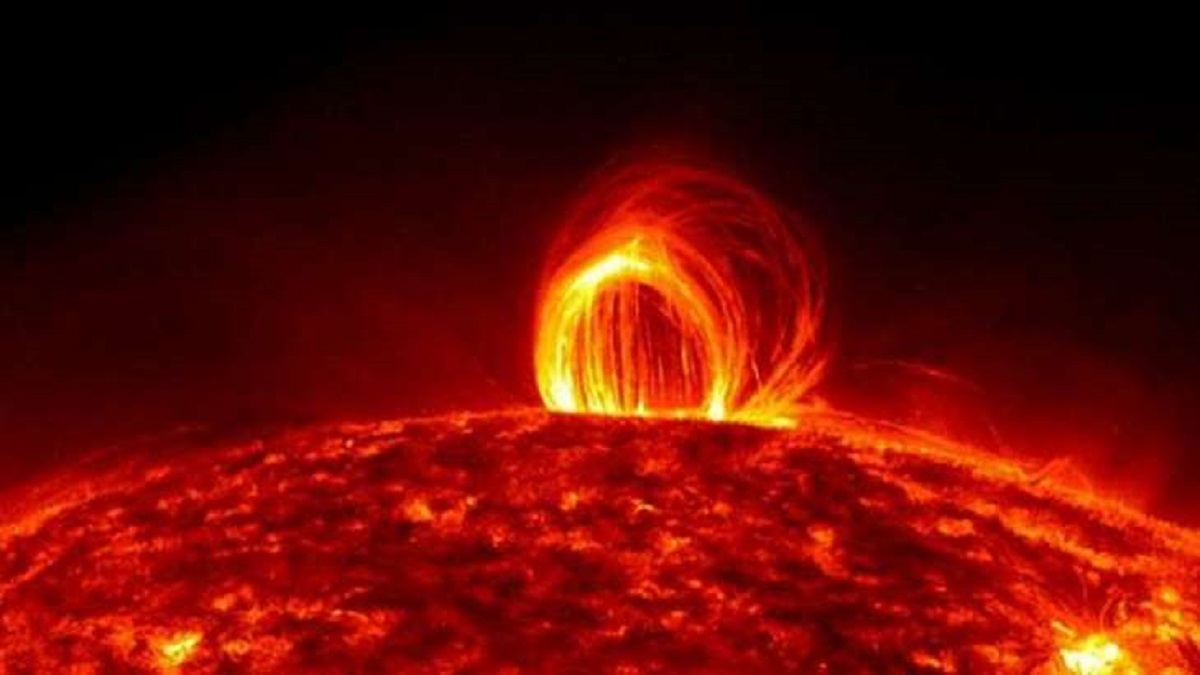Scientists have issued a prediction that two significant solar storms will reach Earth on Friday at around 5:30 pm, potentially affecting our planet's magnetic field. This cosmic event could result in the mesmerizing display of auroras visible from various parts of the world. However, there are concerns that in extreme cases and higher latitudes, the charged particles from the storms may disrupt power grids, communication infrastructure, and satellite operations, including the global positioning system.
Space Weather physicist Tamitha Skov took to Twitter on Wednesday to share the news, stating that the Sun has its own special fireworks display coinciding with the US Independence Day on July 4. Two solar storms, also known as Coronal Mass Ejections (CMEs), are heading partially towards Earth. The second storm is expected to catch up with the first, creating a potentially impactful double impact on July 7, according to model predictions.
ALSO READ: Amazon to reveal latest devices in September event: Know more
Skov further mentioned that NASA's projections indicate an impact occurring before noon on July 7 (UTC time), equivalent to 5:30 pm in Indian Standard Time. The first storm is slower and expected to move predominantly northeast, while the second storm is faster and could directly hit Earth. Skov noted the possibility of auroras reaching mid-latitudes, accompanied by G1-level activity, caused by the arrival of fast solar wind.
Solar storms occur when the Sun emits solar material into space, including steady flows and more energetic bursts called solar eruptions. These eruptions result in the release of charged particles known as Coronal Mass Ejections (CMEs), which are large bubbles with intense magnetic field lines. When these CMEs interact with Earth's magnetic environment, they can lead to geomagnetic storms, potentially disrupting various technologies on our planet. However, specific warnings related to the impact of these storms have not been issued at present.
ALSO READ: Threads to add Following tab soon on the platform: Know more

